TV shows have a way of keeping us hooked, but sometimes, the actors we’ve come to love suddenly don’t look or feel quite the same. Whether it’s due to behind-the-scenes changes or creative decisions, there are a surprising number of instances where actors were replaced mid-show. These unexpected switches often left viewers scratching their heads, trying to figure out how the new face could possibly fill the shoes of the original.
While it might sound like a TV disaster, some of these casting changes turned out to be surprisingly successful, giving the show new life or even making the character iconic in a totally different way. From recasts that almost no one saw coming to situations where the character’s shift felt more like a plot twist than an acting decision, these 24 roles left a lasting mark on the world of TV.
Becky Conner in Roseanne
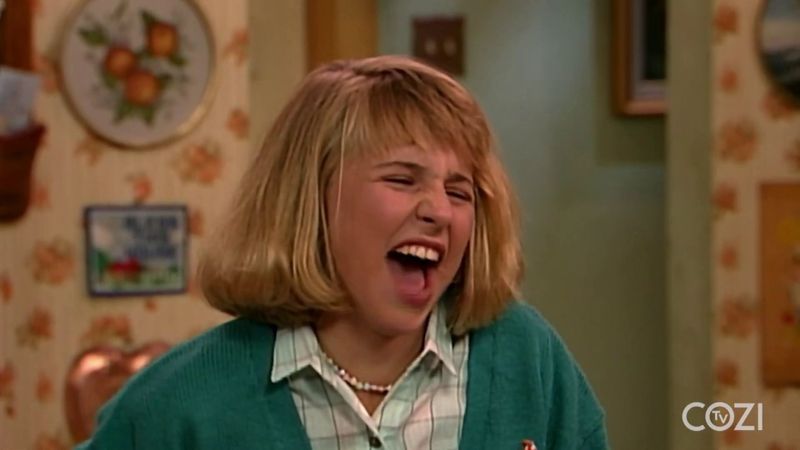
The character of Becky Conner in “Roseanne” witnessed a significant change when Lecy Goranson, the original actress, left the show to attend college. Sarah Chalke stepped in to fill her shoes, bringing a different energy to the character. Fans were initially taken aback by the swap, but many grew to appreciate Chalke’s interpretation.
Interestingly, Goranson returned later, leading to a humorous running gag about Becky’s changing appearance. The show cleverly integrated these shifts, showcasing the fluid nature of TV casting. Such changes highlight the challenges of maintaining continuity in long-running series.
Vivian Banks in The Fresh Prince of Bel-Air
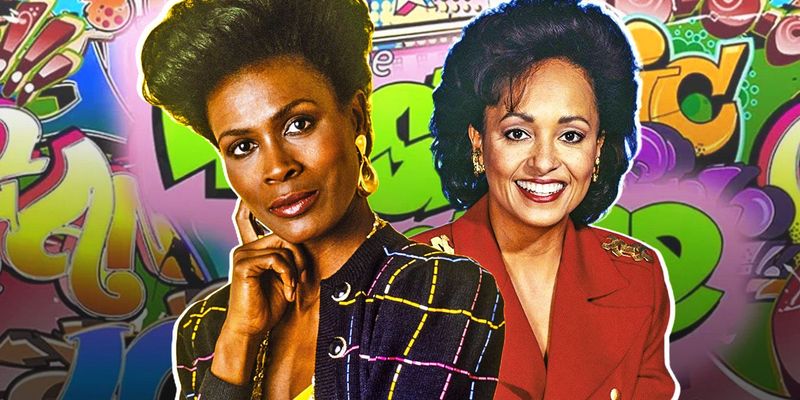
Vivian Banks, originally portrayed by Janet Hubert, was recast with Daphne Maxwell Reid in “The Fresh Prince of Bel-Air.” This change occurred due to reported behind-the-scenes tensions between Hubert and the show’s star, Will Smith.
Reid brought a softer, more laid-back portrayal to Vivian, contrasting with Hubert’s strong and assertive depiction. Fans noticed the shift, with Reid’s version becoming an integral part of the show’s later seasons. Such changes remind viewers of the complexities behind casting decisions and their impact on character dynamics.
Daario Naharis in Game of Thrones

In “Game of Thrones,” Daario Naharis was initially played by Ed Skrein but was later portrayed by Michiel Huisman. Skrein’s departure was attributed to scheduling conflicts, leading to Huisman’s takeover.
Huisman’s interpretation of Daario was more charismatic and romantic, aligning well with the evolving plotlines. Fans had mixed reactions, as the change was abrupt, but many appreciated the depth Huisman brought to the role. Actor changes like this illustrate the unpredictability of TV production and the importance of adapting to new portrayals.
Lionel Jefferson in All in the Family
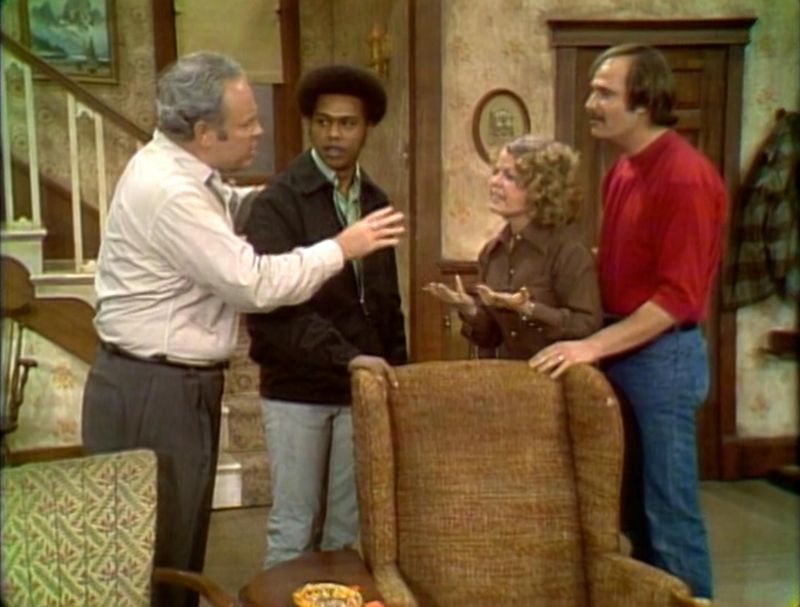
Lionel Jefferson was initially portrayed by Mike Evans in “All in the Family,” but Damon Evans took over the role for a period due to Mike’s other commitments. This was one of the earlier examples of a character being recast during a show’s run.
Damon Evans brought a slightly different demeanor to Lionel, offering a fresh take while maintaining the character’s core traits. The transition demonstrated the show’s flexibility in adapting to actor availability. It’s a testament to how recasting can be managed effectively without losing audience engagement.
The Mountain in Game of Thrones

The role of The Mountain in Game of Thrones is one of the most complex character changes in recent TV history. Originally portrayed by Conan Stevens in the first season, the role was recast with Ian Whyte in the second season before finally settling on Hafþór Júlíus Björnsson from the fourth season onwards.
This character’s imposing presence and warrior skills required actors who could convincingly portray his brute strength. Each actor brought a unique intensity to the role, with Björnsson’s final portrayal becoming iconic.
The transition between actors did not go unnoticed by fans, who appreciated the continuity in The Mountain’s menacing aura, even with the physical actor changes.
Clarice Starling in Hannibal
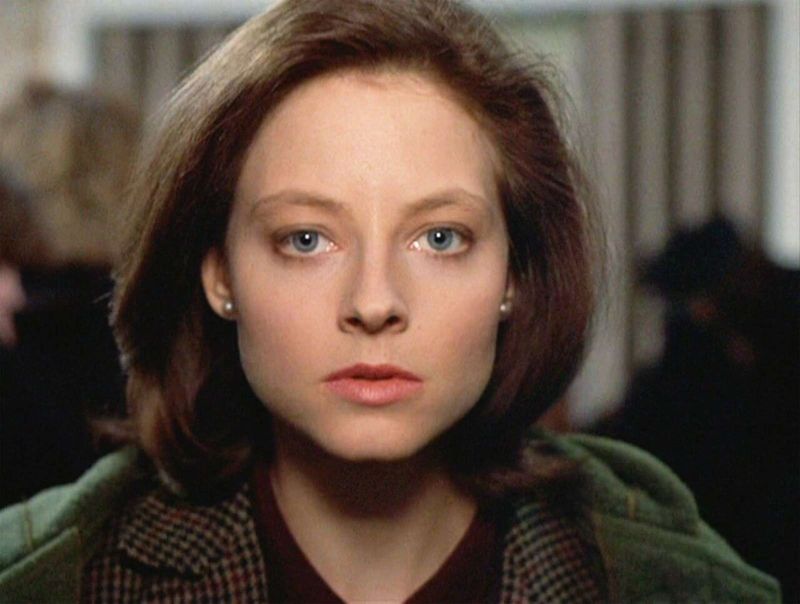
In the TV series “Hannibal,” Clarice Starling was initially portrayed by Jodie Foster in the movie, but the role was recast with Julianne Moore for “Hannibal.” The change surprised many, as Foster’s portrayal was iconic.
Moore’s performance was more introspective, adding depth to the character as she navigated complex psychological landscapes. Though the shift was unexpected, Moore’s nuanced portrayal won critical acclaim, demonstrating how actor changes can offer new dimensions to familiar characters. This instance underscores the creative opportunities that recasting can present for continued character development.
Mandy Hampton in The West Wing
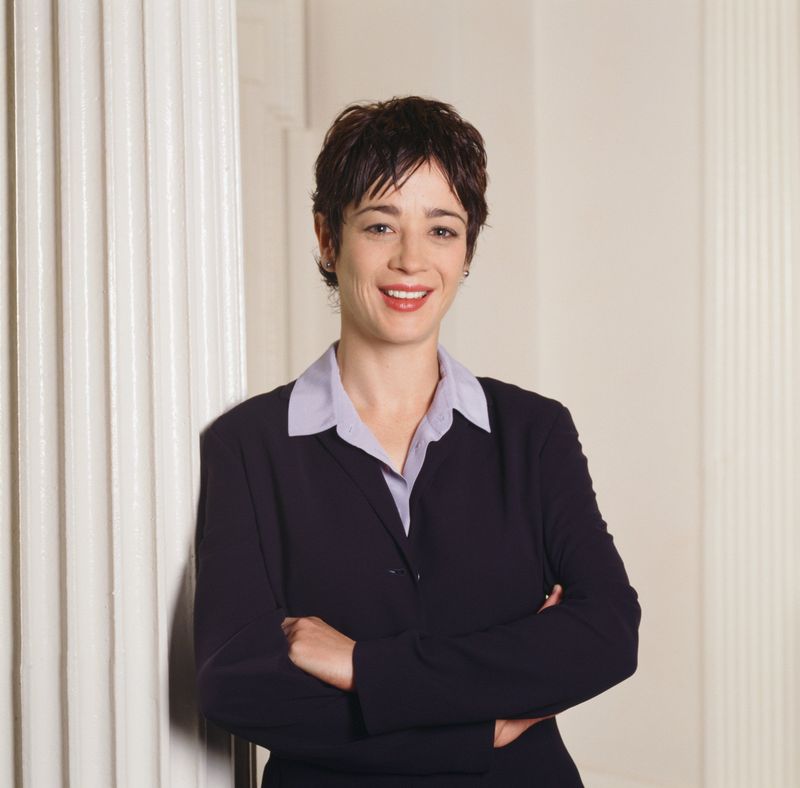
Mandy Hampton, played by Moira Kelly, was a key character in the first season of “The West Wing,” but she was abruptly written out after the season ended. While not a recast, her disappearance left fans puzzled.
The character’s exit was due to creative decisions rather than casting issues, highlighting how strategic changes can influence a show’s direction. Mandy’s absence allowed for new characters to emerge, reshaping the ensemble cast.
This example illustrates the fluid nature of TV storytelling, where character dynamics evolve to align with narrative goals.
Ann Veal in Arrested Development

In “Arrested Development,” Ann Veal was originally portrayed by Alessandra Torresani before being recast with Mae Whitman. The change aimed to better align with the show’s comedic style.
Whitman’s portrayal brought a distinct awkwardness and humor to Ann, enhancing the character’s interactions with the Bluth family. While Torresani’s departure was subtle, Whitman became synonymous with Ann’s unique persona. This swap showcases how casting changes can refine character dynamics, contributing to the show’s enduring popularity.
Such adjustments remind us of the importance of finding the right fit for a show’s comedic tone.
James ‘Rhodey’ Rhodes in Iron Man

In the “Iron Man” film series, James ‘Rhodey’ Rhodes was first portrayed by Terrence Howard before being recast with Don Cheadle. The change was due to contractual disputes, leading to a new dynamic in subsequent films.
Cheadle’s portrayal offered a different chemistry with the lead character, Tony Stark, providing fresh humor and camaraderie. Fans adapted to the change, appreciating Cheadle’s unique take on Rhodey. This instance highlights the significance of actor compatibility in maintaining the essence of a character while embracing new interpretations.
It underscores the resilience of franchises in handling recasting.
Meg Griffin in Family Guy

In the animated series “Family Guy,” Meg Griffin was originally voiced by Lacey Chabert before Mila Kunis took over. Chabert’s departure was amicable, allowing Kunis to bring her distinctive voice and comedic timing.
Kunis’s portrayal added a new layer of humor, aligning with the show’s evolving style. Fans embraced the change, with Kunis’s rendition becoming iconic. This voice actor swap highlights the flexibility of animation in adapting to new talent while retaining character continuity.
Such transitions show how voice actors uniquely influence animated characters, enhancing their appeal and relatability.
Martha Kent in Smallville

In “Smallville,” Martha Kent was initially portrayed by Annette O’Toole, but a brief change saw another actress, Alisen Down, step into the role. This temporary swap was part of a storyline twist, adding intrigue to the series.
Down’s portrayal brought a fresh perspective to Martha, exploring different facets of her character. Though short-lived, the change offered a narrative opportunity to delve into alternate realities. Such creative decisions demonstrate how temporary recasting can add layers to storytelling, keeping audiences engaged.
This example underscores the innovative ways shows can experiment with character portrayals.
Carol Willick in Friends
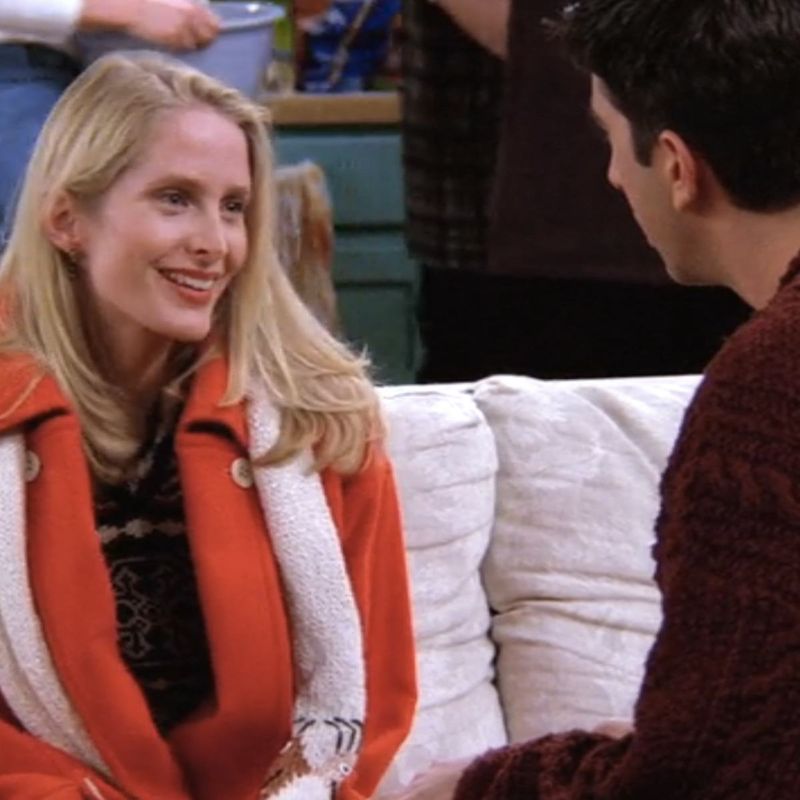
The character of Carol Willick in “Friends” was initially portrayed by Anita Barone but was recast with Jane Sibbett. Barone left after her first appearance to pursue other roles, paving the way for Sibbett’s lasting impression.
Sibbett’s portrayal offered a warm and humorous take on Carol, enhancing her interactions with the main cast. Fans quickly adapted to the change, with Sibbett becoming synonymous with the role. This swap illustrates how early recasting can solidify a character’s presence and enrich storytelling.
It highlights the importance of aligning actor chemistry with the show’s ensemble.
Darrin Stephens in Bewitched
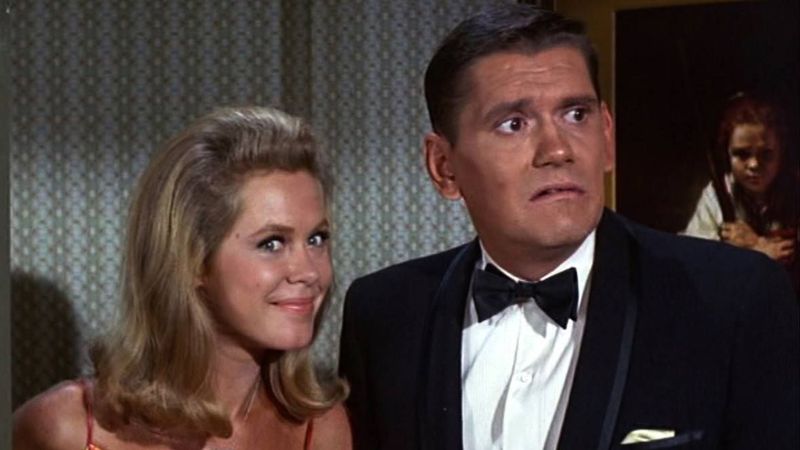
In the classic series “Bewitched,” the role of Darrin Stephens was originally played by Dick York, who was later replaced by Dick Sargent due to health issues. The transition was notable as both actors brought distinct qualities to the character.
York’s portrayal was comedic and energetic, while Sargent offered a more laid-back interpretation. Fans noticed the change, sparking discussions on the different dynamics each actor brought. This recast highlights the resilience of classic shows in adapting to unforeseen circumstances.
It underscores the enduring appeal of characters through varied portrayals.
Rachel Dawes in Batman Begins
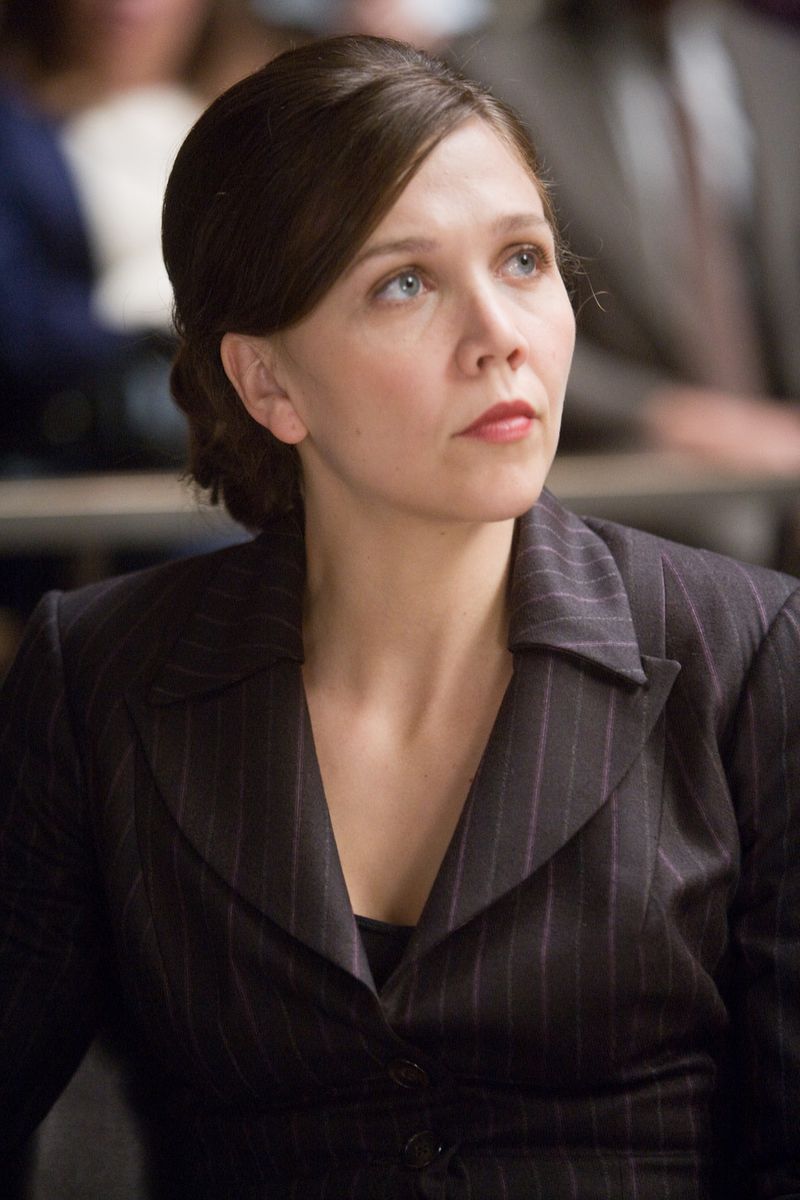
Rachel Dawes, a character in “Batman Begins,” was recast from Katie Holmes to Maggie Gyllenhaal in “The Dark Knight.” Holmes’s departure was due to scheduling conflicts, leading to Gyllenhaal’s fresh take.
Gyllenhaal’s portrayal brought depth and maturity to Rachel, resonating well with fans and critics alike. Her performance complemented the darker tone of the sequel, enhancing character development. This recasting showcases how strategic actor changes can align with shifting narrative themes.
It emphasizes the collaborative nature of film production, where casting decisions impact storytelling depth.
Caprica Six in Battlestar Galactica
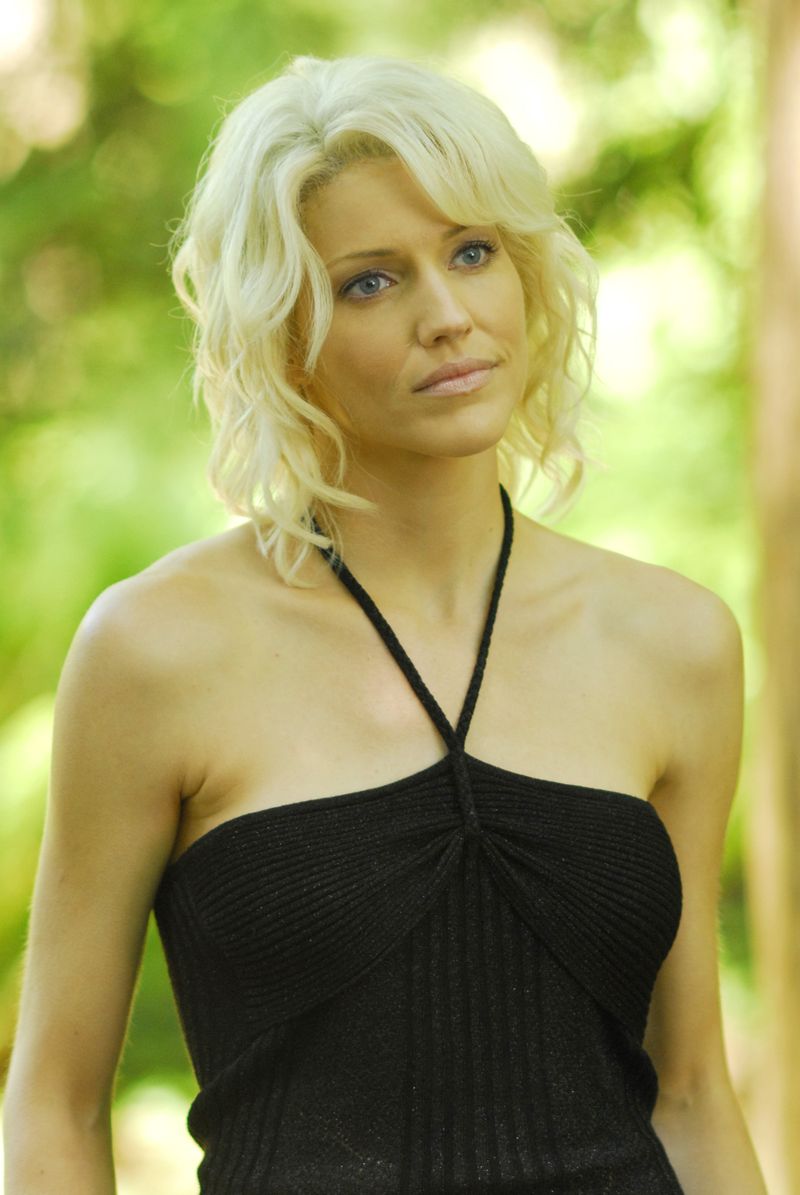
In “Battlestar Galactica,” the role of Caprica Six was played by several actresses due to the character’s ability to assume different forms. This unique casting approach allowed for diverse interpretations of Six’s personality.
Each actress brought distinct traits to the character, enriching the show’s intricate narrative. Fans enjoyed the varied portrayals, which added complexity to Six’s relationships and motives. This example highlights how innovative casting strategies can enhance storytelling, offering fresh perspectives on character identity.
It underscores the creative potential in embracing multiple actors for a single role.
Trudy Monk in Monk

Trudy Monk, a pivotal character in “Monk,” was portrayed by different actresses across flashbacks and episodes. This choice added mystery and depth to her backstory, reflecting the series’ investigative theme.
Each portrayal offered unique insights into Trudy’s relationship with the show’s protagonist, Adrian Monk. Fans appreciated how the varied interpretations enriched the narrative, maintaining interest and intrigue. This example showcases the advantage of flexible casting in exploring character histories.
It demonstrates how strategic recasting can sustain viewer engagement by unveiling new facets of beloved characters.
Catelyn Stark in Game of Thrones

Catelyn Stark, a central character in “Game of Thrones,” was initially portrayed by Jennifer Ehle in the pilot episode but was recast with Michelle Fairley for the series. The change was made to better align with the show’s evolving vision.
Fairley’s performance was acclaimed for its intensity and emotional depth, captivating audiences worldwide. Her portrayal became integral to the series’ success, illustrating the impact of aligning actor talent with narrative goals.
This example emphasizes the importance of casting in establishing character identity and enhancing storytelling resonance.
Romeo Montague in Still Star-Crossed
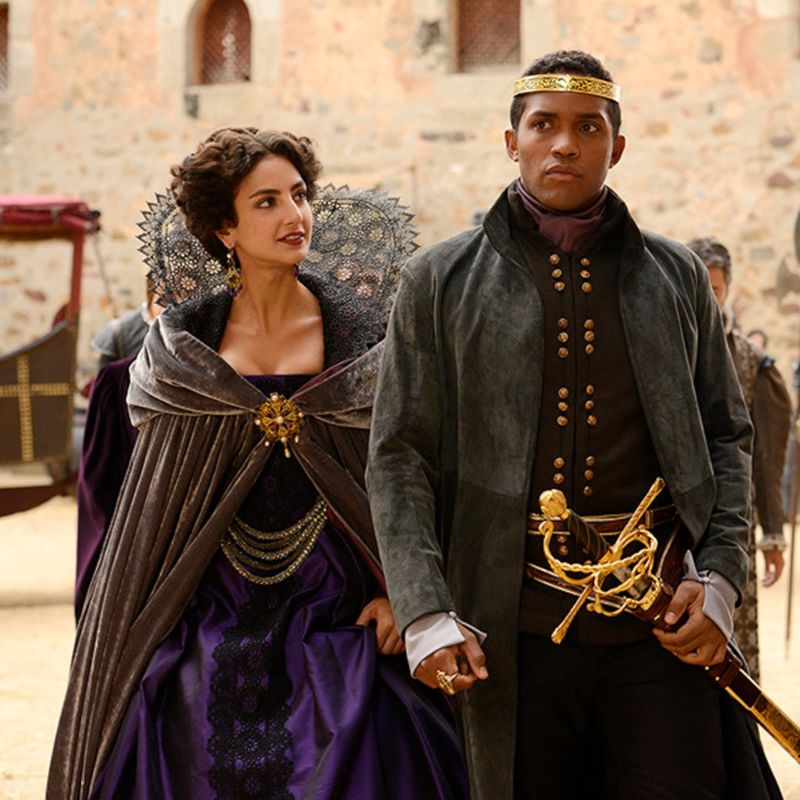
In the series “Still Star-Crossed,” the character of Romeo Montague was originally played by Lucien Laviscount but was recast with Sterling Sulieman. The switch occurred after the pilot to better suit the show’s direction.
Sulieman’s portrayal offered a fresh perspective on Romeo, aligning with the series’ dramatic tone. Fans embraced the change, appreciating the new energy he brought to the role. This recast highlights the importance of adapting casting decisions to enhance storytelling.
It underscores the collaborative nature of television production, where actor chemistry plays a pivotal role in narrative development.
Helena in Orphan Black
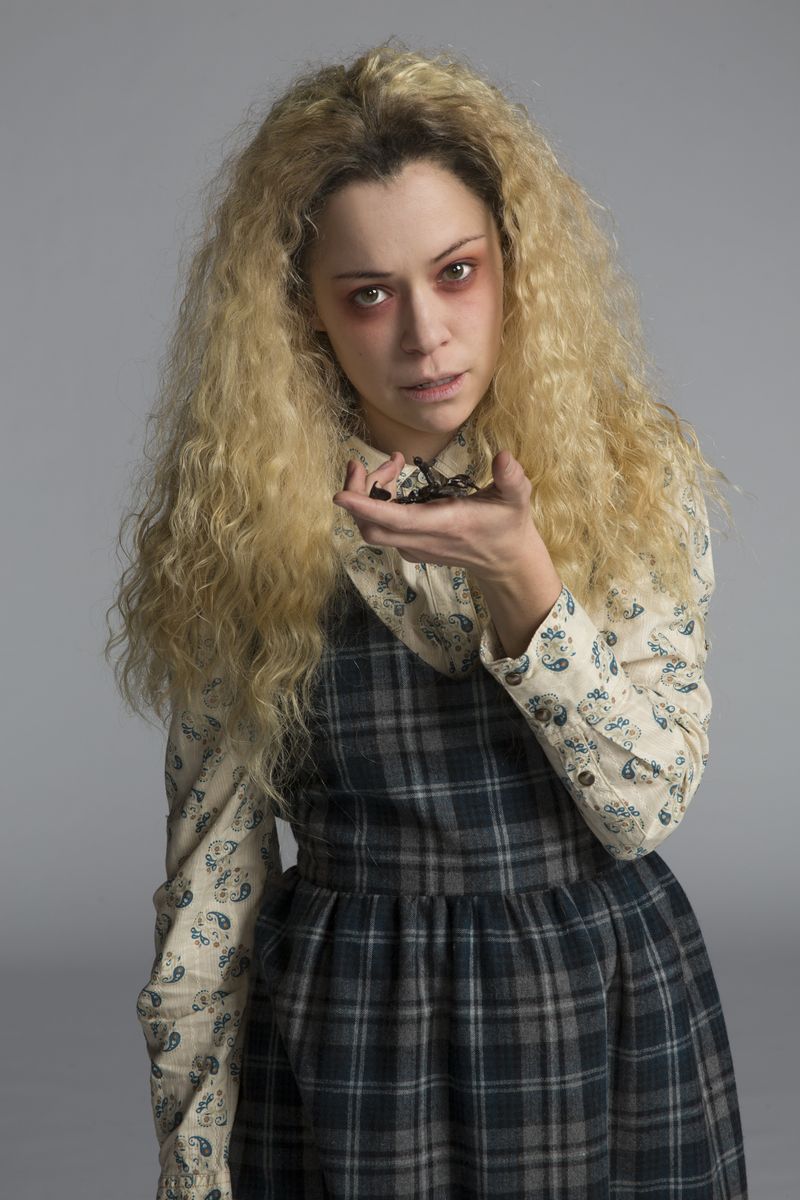
In “Orphan Black,” the character Helena was portrayed by Tatiana Maslany, who played multiple roles throughout the series. Helena’s character was unique, with different actresses occasionally standing in during complex scenes.
This approach allowed for seamless storytelling, adding authenticity to the narrative. Maslany’s portrayal of Helena was praised for its depth and complexity, showcasing her versatility as an actress.
This example illustrates the creative possibilities in using multiple actors to support a central performance, enhancing the storytelling experience without compromising character continuity.
Ellie Bartlet in The West Wing
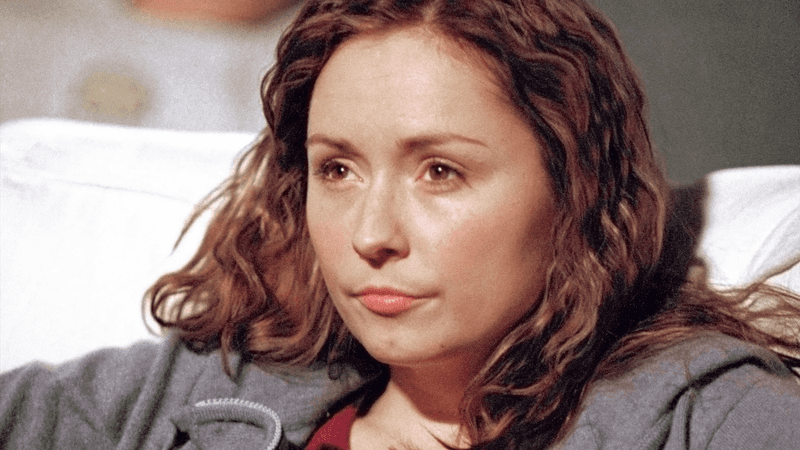
Ellie Bartlet, a character in “The West Wing,” was recast from Nina Siemaszko to Annabeth Gish. The change aimed to refresh Ellie’s storyline and explore new character dynamics.
Gish’s portrayal offered a more mature and nuanced interpretation, aligning with the show’s evolving themes. Fans welcomed the change, recognizing the new depth it added to Ellie’s relationships.
This recasting demonstrates how strategic actor changes can revitalize character arcs, contributing to the overall narrative richness. It highlights the importance of adapting casting choices to enhance long-term storytelling.
Lady Jessica in Dune
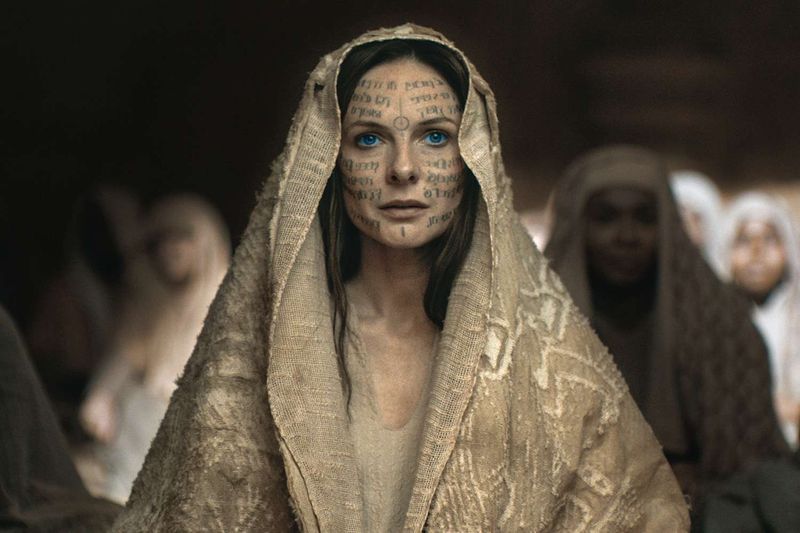
The character of Lady Jessica in the “Dune” miniseries was portrayed by Saskia Reeves but was subsequently recast with Alice Krige. The switch was made to better fit the show’s vision and tone.
Krige’s portrayal brought a commanding presence and depth, resonating with audiences and critics. Her performance aligned with the series’ epic scope, enhancing character relationships and thematic complexity.
This example highlights the importance of matching actor talent with narrative goals, showcasing how recasting can elevate storytelling impact and enrich the viewing experience.
Rhaenyra Targaryen in House of the Dragon
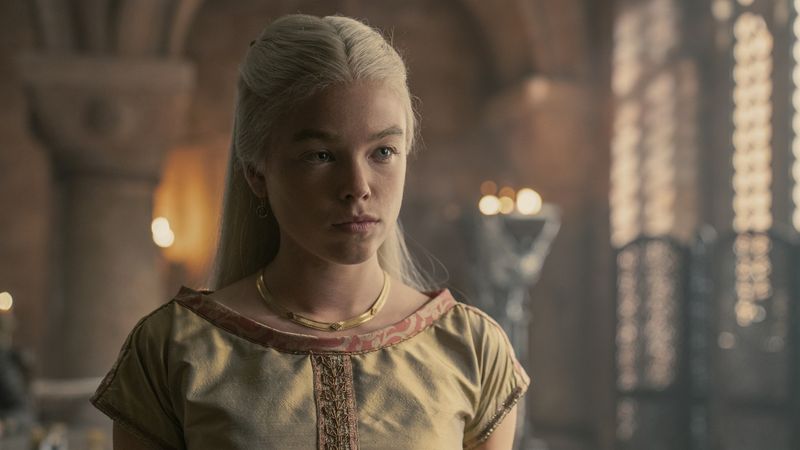
In “House of the Dragon,” Rhaenyra Targaryen was portrayed by Milly Alcock in her younger years, with Emma D’Arcy taking over as the character aged. This transition was planned to align with the show’s timeline.
D’Arcy’s portrayal captured Rhaenyra’s maturity and complexity, complementing the narrative’s evolution. Fans appreciated the seamless transition, recognizing the depth D’Arcy brought to the role.
This example illustrates how planned recasting can enhance storytelling, offering continuity while embracing character development across different life stages.
Paul Ballard in Dollhouse

Paul Ballard, initially portrayed by Tahmoh Penikett in “Dollhouse,” saw a significant change when the character was mind-wiped and reprogrammed, allowing another actor to assume the role temporarily. This creative twist added intrigue to the storyline.
The new portrayal offered a fresh take on Paul, exploring different facets of his character. Fans were intrigued by the narrative possibilities this change presented, keeping them engaged.
This example underscores the inventive ways shows can experiment with character identity, adding depth and excitement to the viewing experience.
Becky in Scrubs

In “Scrubs,” the character Becky was originally played by Sarah Chalke in the ninth season, taking on a new role in a different context. This change was part of a narrative shift, exploring new character dynamics.
Chalke’s portrayal offered a humorous and engaging take on Becky, aligning with the show’s comedic style. Fans enjoyed the fresh perspective she brought, resonating with the series’ new direction.
This example illustrates how strategic casting changes can breathe new life into a show, enhancing character interactions and revitalizing the narrative landscape.
